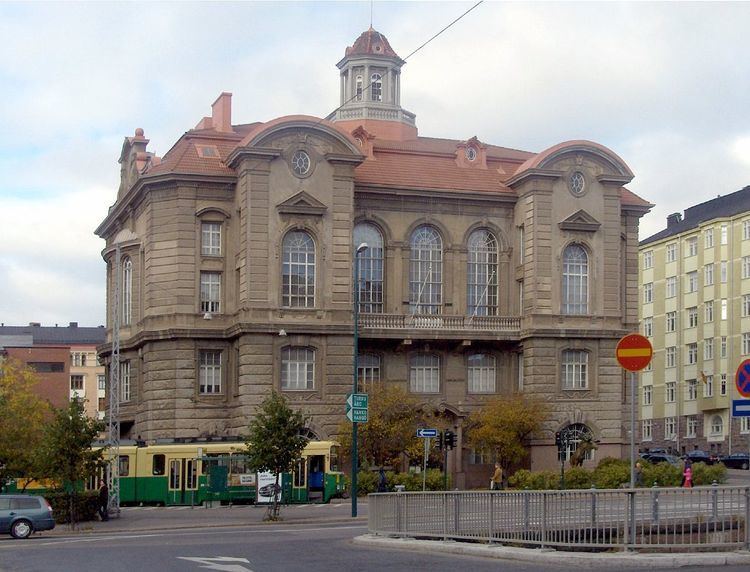 | ||
The Finnish Museum of Natural History (Finnish: Luonnontieteellinen keskusmuseo, Swedish: Naturhistoriska centralmuseet), established in 1988, is a research institution under the University of Helsinki in Finland, based in Helsinki, Finland. It is a natural history museum responsible for the national botanical, zoological, geological and paleontological collections, which consist of samples from around the world. The collections serve scientific, public informational and educational purposes.
In regard to locations and buildings, the Museum is divided into three: The Natural History Museum, the Kaisaniemi Botanic Garden, and the Kumpula Botanic Garden. From 1869 to 2014 it also included an independent geological department, but that has now been moved to the Kumpula Botanic Garden.
